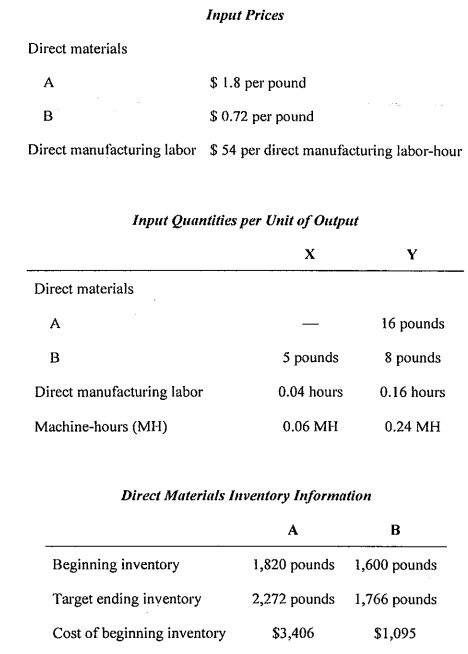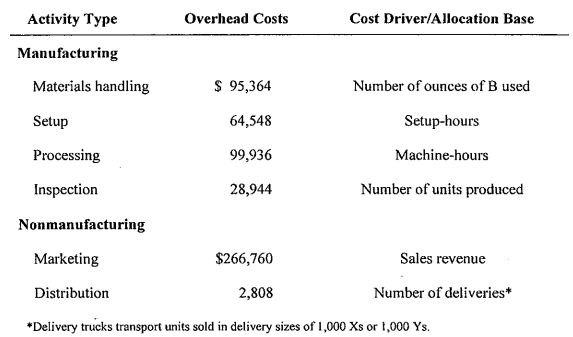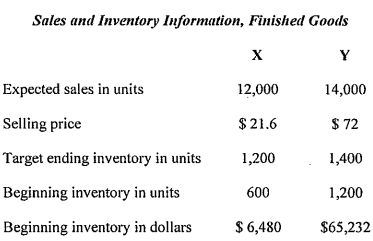

活動名稱
【解題達人! We want you!】
活動說明
阿摩站上可謂臥虎藏龍,阿摩發出200萬顆鑽石號召達人們來解題!
針對一些題目可能有疑問但卻缺少討論,阿摩主動幫大家尋找最佳解!
懸賞試題多達20萬題,快看看是否有自己拿手的科目試題,一旦你的回應被選為最佳解,一題即可獲得10顆鑽石。
懸賞時間結束後,只要摩友觀看你的詳解,每次也會得到10顆鑽石喔!
關於鑽石
如何使用:
- ✔懸賞試題詳解
- ✔購買私人筆記
- ✔購買懸賞詳解
- ✔兌換VIP
(1000顆鑽石可換30天VIP) - ✔兌換現金
(50000顆鑽石可換NT$4,000)
如何獲得:
- ✔解答懸賞題目並被選為最佳解
- ✔撰寫私人筆記販售
- ✔撰寫詳解販售(必須超過10讚)
- ✔直接購買 (至站內商城選購)
** 所有鑽石收入,都會有10%的手續費用
近期考題
【非選題】
【題組】(一)高壓側電流為何?
四、某具額定容量 25 kVA 單相變壓器,其變壓比為 1200 V/240 V,原線圈阻抗為 =1.5 Ω,
=1.5 Ω, =2 Ω,於低壓側接 1 個電感性負載,其阻抗為
=2 Ω,於低壓側接 1 個電感性負載,其阻抗為  =0.5 Ω,
=0.5 Ω, =0.1 Ω,若高壓側加入1000 V,試求(計算至小數點後第 2 位,以下四捨五入):註:(Z=
=0.1 Ω,若高壓側加入1000 V,試求(計算至小數點後第 2 位,以下四捨五入):註:(Z= )
)
 =1.5 Ω,
=1.5 Ω, =2 Ω,於低壓側接 1 個電感性負載,其阻抗為
=2 Ω,於低壓側接 1 個電感性負載,其阻抗為  =0.5 Ω,
=0.5 Ω, =0.1 Ω,若高壓側加入1000 V,試求(計算至小數點後第 2 位,以下四捨五入):註:(Z=
=0.1 Ω,若高壓側加入1000 V,試求(計算至小數點後第 2 位,以下四捨五入):註:(Z= )
)【題組】(一)高壓側電流為何?
【非選題】
【題組】 ⑴依據 DSM-Ⅳ,你/妳懷疑這位男童是何種發展性疾患?(8 分)
一、個案是一位國小五年級的男孩,課業明顯落後他的同儕,在班上常常獨自一
個人,不會主動與其他同學玩在一起,上課時也不曾向老師發問問題,不過
他有時呈現過動、容易發怒,並有重複的行為,例如用膝蓋撞書桌,走路即
一直重複的前進、後退;撕紙然後揉掉,反覆將垃圾撿起來再丟掉。因此他
父母帶他去附近的診所看診,醫師將他轉診到台大醫院兒童心智科看診,兒
童心智科的醫師轉診給臨床心理師,假使你/妳是這位臨床心理師,試回答如
下的問題:
【題組】 ⑴依據 DSM-Ⅳ,你/妳懷疑這位男童是何種發展性疾患?(8 分)
【非選題】
【題組】2. Determine the budgeted net income (ignore income taxes) for the year 2020.(10%)
Problem 5[20%]

Sanchez Corporation is a manufacturing company that processes direct materials A and B into two products: X and Y. Although the
X and Y are a matching set, they are sold individually and so the sales mix is not 1: 1. Sanchez is planning annual budget for fiscal
year 2020. Here is information for 2020:

Sanchez accounts for direct materials using a FIFO cost flow.

Sanchez uses a FIFO cost flow assumption for finished goods inventory. X is manufactured in batches of 200, and Y is manufactured
in batches of 100. It takes 20 minutes to set up for a batch of X and 1 hour to set up for a batch of Y. Sanchez uses activity-based
costing and has classified all overhead costs into activity cost pools as shown in the following table.

Required:
【題組】2. Determine the budgeted net income (ignore income taxes) for the year 2020.(10%)
10. Read the following paragraph that introduces the concept of model predictive control(MPC): Model predic-
tive control (MPC) is an advanced method of process control that is used to control a process while satisfying
a set of constraints. It has been in use in the process industries in chemical plants and oil refneries since
the 1980s. In recent years it has also been used in power system balancing models and in power electronics.
Model predictive controllers rely on dynanic models of the process, most often linear empirical models ob-
tained by system identifcation. The main aduantage of MPC is the fact that it allous the current timeslot to
be optimized, while keeping future timeslots in account. This is achieued by optimizing a finite time-horizon,
but only implementing the current timeslot and then optimizing again, repeatedly, thus differing from Linear-
Quadratic Regulator (LQR). Aiso MPC has the ability to anticipate future events and can take control actions
accordingly. PID controllers do not have this predictive ability. MPC is nearly universally implemented as a
digitaI control, although there is research into achieving jaster response times with specially designed analog
circuitry. (test acquired from Wilipedia)
According to the above paragraph, which of the following statements are true?
(A) MPC applies an optimization solver to acquire the optimal control action with the consideration of the predicted responses and system constraints.
(B) PID controllers do not have the predictive ability because they can be tuned without knowing the dy- namic model.
(C) The performance of MPC may be deteriorated if the dynamic model is inaccurate.
(D) LQR control cannot optimize the control action over a finite time-horizon.
(E) Although it is possible to implement MPC on analog circuitry, MPC is usually implemented on computers or microprocessors.
(A) MPC applies an optimization solver to acquire the optimal control action with the consideration of the predicted responses and system constraints.
(B) PID controllers do not have the predictive ability because they can be tuned without knowing the dy- namic model.
(C) The performance of MPC may be deteriorated if the dynamic model is inaccurate.
(D) LQR control cannot optimize the control action over a finite time-horizon.
(E) Although it is possible to implement MPC on analog circuitry, MPC is usually implemented on computers or microprocessors.